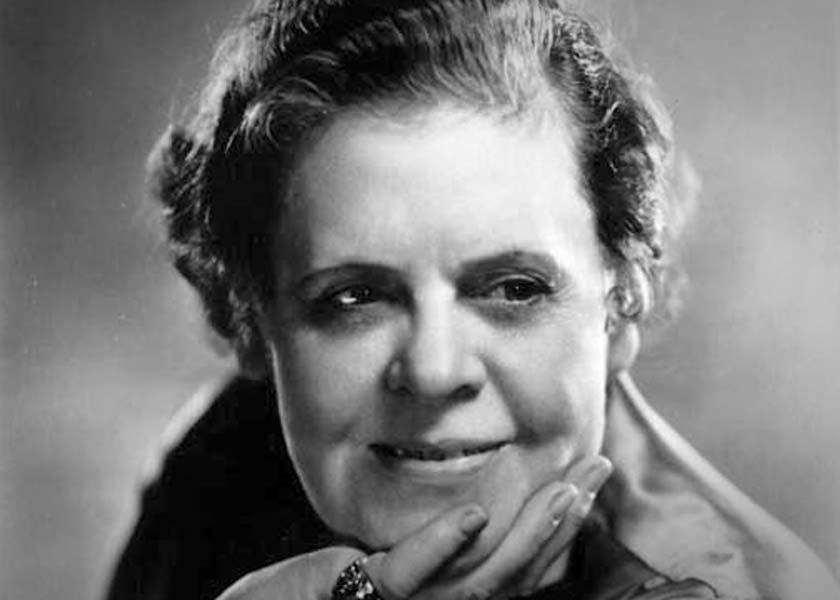Born in Ontario, Canada, Marie Dressler started her acting career at the tender age of fourteen by joining a theater group. She performed on stage, in light opera and on vaudeville. She debuted on Broadway in 1892.
Dressler's first attempt at a film career was in 1914, when she appeared in Tillie's Punctured Romance (1914) for Mack Sennet. Appearing with her in the movie were Charlie Chaplin and Mabel Normand. Dressler was already in her mid-forties. In total, she made six movies between 1914 and 1918, three of which were about Tillie, the simple country girl, which made use of Marie's rough appearance and personality. However, her silent film career never took off, and she was blacklisted on stage for her part in the famous actor's strike of 1917. Dressler languished for ten years, doing little or no acting.
In 1927, MGM screenwriter Frances Marion got Dressler a small role in Joy Girl (1927), and later a co-starring part as Mrs. Callahan in The Callahans and the Murphys (1927). Of the six silents she made between 1927 and 1929, The Patsy is probably the best. Even at that point, she displays some of the mannerisms that later endeared her to audiences everywhere.
Dressler's big break came in 1930, when she played Marthy Owens in Greta Garbo's first talking picture, Anna Christie (1930). The same year, she won an Academy Award for the role of Min Divot in Min And Bill (1930). She was later nominated for another Academy Award for the title role of Emma in 1932. By 1933, she was the top box office draw in Hollywood. Her last roles were in 1933, including juicy parts in Tugboat Annie (1933) and Dinner at Eight (1933). Interestingly, she has an unbilled cameo in Marion Davies' 1933 musical with Bing Crosby, Going Hollywood.
Marie Dressler died of cancer July, 28 1934 in Santa Barbara. She was perhaps the most unlikely star Hollywood ever produced.
Further Reading

